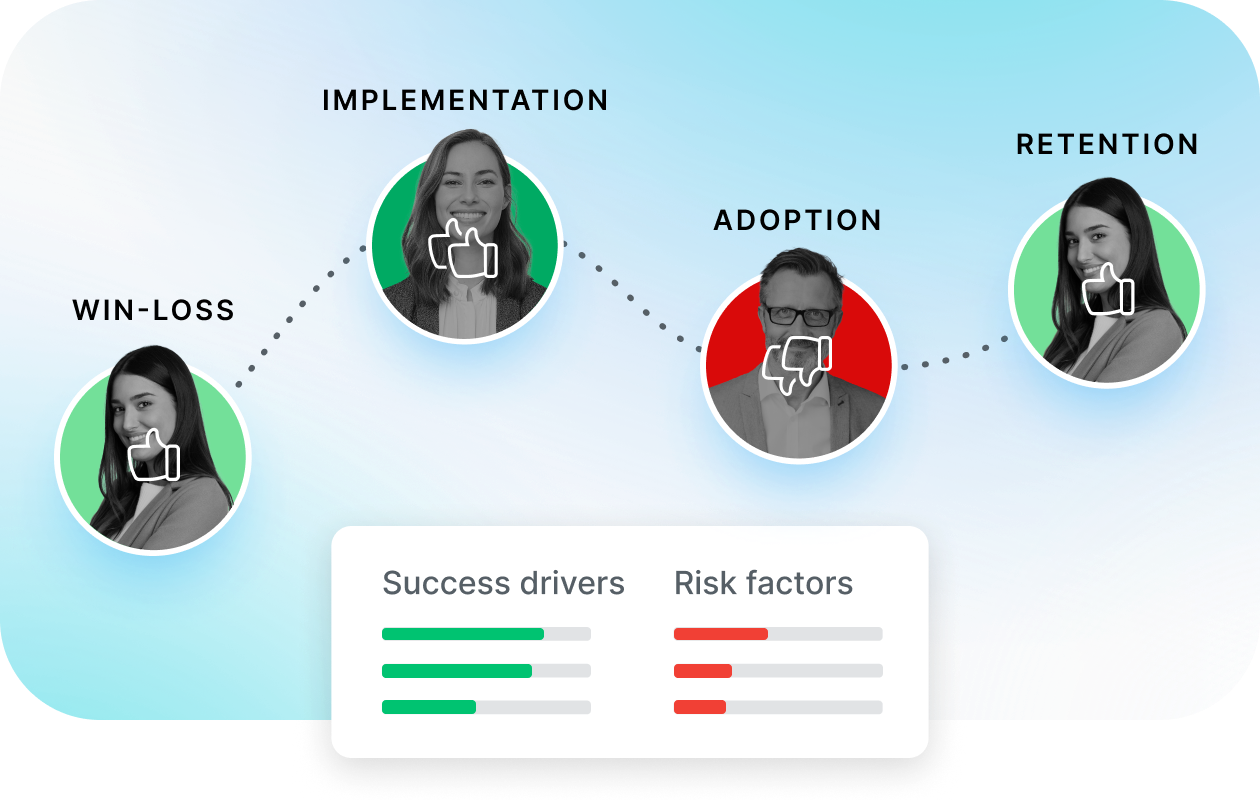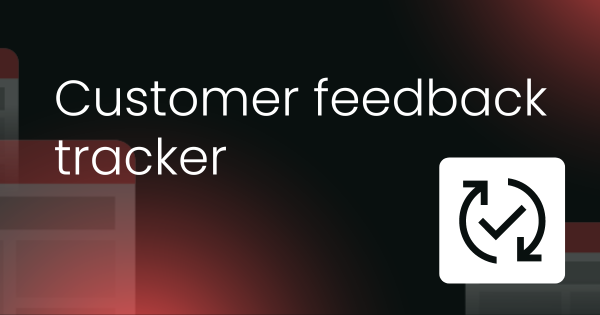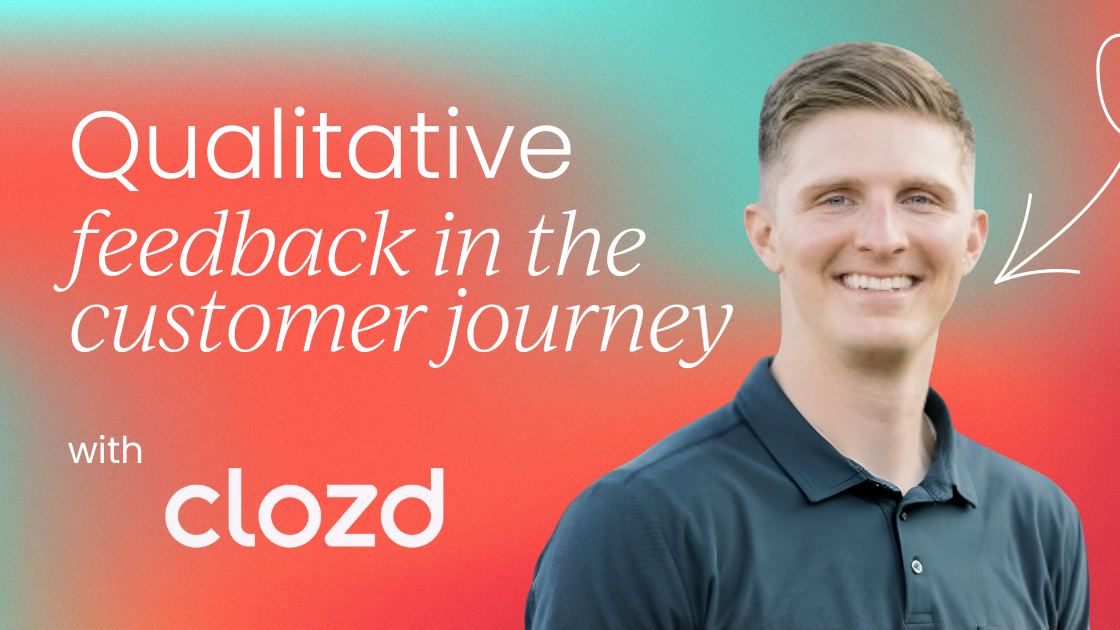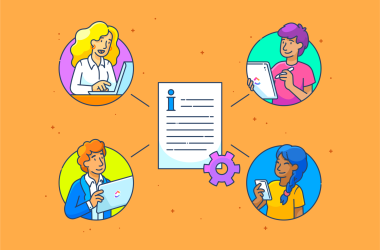Despite having more customer data than ever before, many companies still struggle to answer the most basic questions: Why do we win business? Why do we lose it? And why do customers stay – or leave?
For decades, executives turned to win-loss analysis for answers. By interviewing buyers after a deal closed, leaders could uncover the most important factors that influenced the final decision:
- How their company stacked up to their competitors
- What their buyers valued most
- Where their team fell short in the sales process
When done well, win-loss analysis remains one of the sharpest tools for aligning product, sales, and strategy. (For a primer, see The four pillars of effective win-loss analysis.)
Win-loss remains foundational, but it offers a retrospective view. It captures perception at the end of the decision, when outcomes are already locked in. Leading teams are now extending the same discipline of qualitative feedback into earlier and later stages of the customer journey.
In today’s environment – where competition is fierce, acquisition costs are high, and retention risk is rising – organizations can’t afford to rely solely on post-mortems.
They need to embed rich qualitative feedback throughout the customer journey, not just after deals close.
The mirage of surveys and scores
Beyond win-loss, many companies rely on surveys or NPS programs to understand their customers across the journey. On the surface, these tools feel efficient: they have a broad reach, provide clean numbers, and display tidy charts.
But leaders often confuse convenience for clarity.
Here’s the reality: Surveys tend to tell you what happened, not why. Scores may indicate that a customer is satisfied or unhappy – but they rarely uncover the underlying drivers of that sentiment.
And the problem only gets worse when it comes to open-ended questions. According to Kantar Consulting, the average respondent spends only 15 seconds answering an open-text survey question, often offering fewer than five words. Those answers might be easy to aggregate, but they are far too shallow to inform strategy.
The bigger limitation is that surveys can’t follow up.
Once a respondent selects an answer or types a short comment, the conversation ends there. If a response hints at something deeper – a point of friction, confusion, or opportunity – there’s no way to explore it.
Survey logic can only take you so far. Structured questions may collect data efficiently, but they rarely surface the unexpected insights that emerge in a real conversation
That’s why many organizations have hit the limits of survey-based feedback. Metrics can track sentiment across the journey, but they can’t explain it. To make better decisions, leaders need something richer: real conversations that reveal context, nuance, and causation.
Four stages where customer feedback matters most
Organizations that lead on voice-of-customer insights treat that feedback not as an annual pulse, but as a system that continuously delivers insights. Four specific touchpoints stand out as the most impactful places to listen:
1) Evaluation and sales process
During active deal cycles, candid feedback helps refine your strategy, sharpen your messaging, and catch competitive risks before your buyers make their final decisions. Without it, your teams are left to guess which differentiators actually land with your buyers.
2) Adoption and usage
Post-sale, customer feedback reveals what drives engagement – and where adoption might be lagging. These insights guide your enablement priorities and inform roadmap decisions that directly impact expansion opportunities.
3) Implementation
Onboarding is often the most vulnerable stage of the customer journey. Early feedback highlights friction points, misaligned expectations, and product gaps before they escalate into churn risk. Companies that listen at this touchpoint set their customers up for long-term success.
4) Renewal
Pre-renewal conversations surface risks months – not days – before contracts expire, giving account teams time to proactively resolve issues. Without them, leaders are left to negotiate in the dark, often after it’s too late.
This list isn’t exhaustive, of course. You can gather qualitative feedback whenever it matters most to your business – whether that’s shaping product strategy, testing new markets, or validating pricing decisions.

A case in point: Reputation
Reputation – a leader in customer experience management – illustrates the power of customer journey-wide feedback.
Like many companies, Reputation already had customer success touchpoints in place: account check-ins, usage reviews, support escalations. But those inputs – while important – weren’t structured to capture deep, candid feedback that could let them know how their customers were really doing.
And as a result, they were facing “surprise churn” – when several of the customers who they’d marked green were actually planning to leave.
So Reputation rethought their approach.
They began running structured customer check-ins at key moments throughout the client lifecycle. These weren’t ad hoc conversations managed by individual reps. Instead, they were intentional, qualitative interviews designed to collect honest feedback.
The difference was striking:
- Renewal risks surfaced early. Instead of being surprised in final negotiations, Reputation’s account teams had visibility months ahead—giving them plenty of time to act.
- Onboarding and adoption gaps were caught in real time. Clients pointed out friction and unmet expectations while there was still an opportunity to fix them.
- Executives benefited from a unified view of the customer voice. Instead of scattered anecdotes, leaders across Reputation’s product, sales, and CS teams were aligned on what mattered most to their customers.
This shift transformed customer feedback from a reactive, fragmented process into a proactive, strategic asset.

From post-mortems to continuous insight
Win-loss analysis will always be a cornerstone of customer understanding. But today, the companies pulling ahead aren’t just running post-mortems.
They’re building continuous feedback loops that capture the perspectives of their customers throughout the journey.
This shift isn’t just operational – it’s strategic. Organizations that embed qualitative insight at the right moments are better positioned to:
- Anticipate risks before they escalate
- Act on friction before it spreads
- Strengthen relationships before they weaken
The companies that thrive in the next decade won’t be the ones that capture the most data. They’ll be the ones who capture the best conversations.







